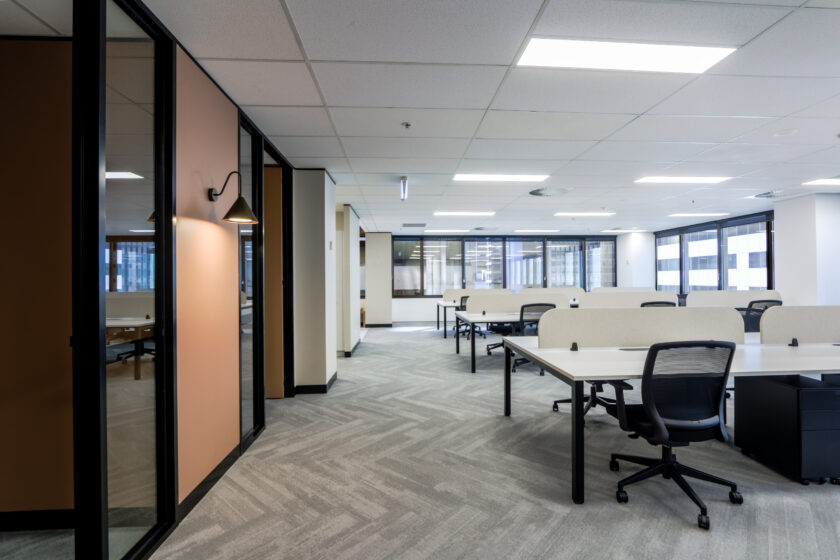
Welcome to the ABCs of commercial leasing! Navigating the world of office spaces, rental terms, and property jargon can be like learning a new language. But fear not, we’ve crafted a concise A-Z guide to leasing! Let’s decode the language and make your leasing journey smoother than ever.
A – Assignment:
The transfer of an entire lease from the original tenant to a new company, shifting all rights and obligations.
B – Base Date:
A specified date or year in the lease used for calculating increases in outgoing recoveries from tenants.
C – Cap Rate (Capitalisation Rate):
A percentage calculated by dividing a property’s net operating income by its current market value, estimating an investor’s potential return.
D – Direct Office Lease:
Leasing office space directly from the landlord, as opposed to subleasing or using serviced offices.
E – Effective Rent:
Rent that accounts for any incentives provided to the tenant, reflecting a lower cost than face rent.
F – Fit-Out:
Customizing and furnishing commercial spaces, involving interior design, construction, and fixture installation.
G – Gross Rent:
Total rent that includes both net rent and outgoings.
H – Heritage/Character Buildings:
A building with historical, cultural, or architectural significance that is recognized and preserved for its historical value.
I – Incentive:
Payments or concessions offered by landlords to encourage tenants to sign a lease or renew. Usually in the form of fit out contributions or rent abatement.
L – Lease Term:
The duration for which a lease is in effect. This term can be longer or shorter depending on your negotiations with the landlord.
M – Make Good (Restoration):
A clause requiring a tenant to return a property to its original condition at the end of the lease.
N – Net Lettable Area:
The internal floor area of a property, excluding certain spaces like toilets and service ducts.
O – Outgoings:
Additional expenses beyond base rent, such as property taxes, maintenance costs, and insurance, which tenants are typically obligated to contribute to as part of their lease agreement.
P – Permitted Use:
A clause in a lease specifying how the premises can be used.
Q – Qualifying Expenditure (related to Lease Incentive Tax):
Expenses that may qualify for tax deductions or incentives associated with lease incentives.
R – Rent Review:
An adjustment to the rental rate, often occurring annually based on market conditions.
S – Subleasing:
An agreement where an existing tenant leases out all or part of their space to another party.
T – Tenant Representative:
Individuals authorized to act on behalf of the tenant during lease negotiations.
U – Utilities:
Refers to water and electricity costs associated with the leased premises.
V – Vacancy Rates:
The percentage of unoccupied or available rental space within a commercial property, reflecting market dynamics and influencing property values and leasing strategies.
W – WALE (Weighted Average Lease Term):
WAL) is a measure used by the Property Council of Australia, representing the average remaining lease term across a property portfolio, factoring in lease durations proportionally by either rental income or square meters.
Y – Yield:
The income generated by an investment property, often expressed as a percentage of its market value.
If the A-Z of commercial leasing has left you with questions or if you seek further clarification, our expert team at Caden is here to assist you. Feel free to reach out for personalized insights, guidance, or any inquiries you may have.


